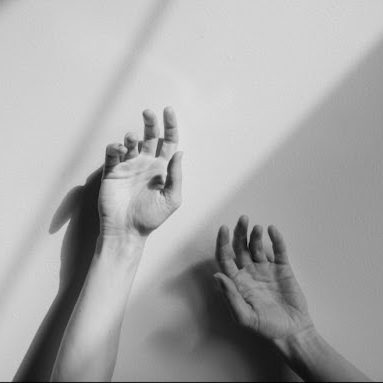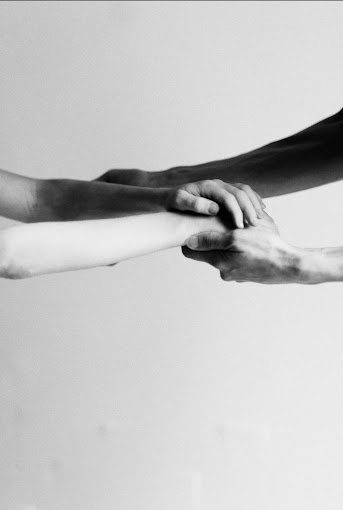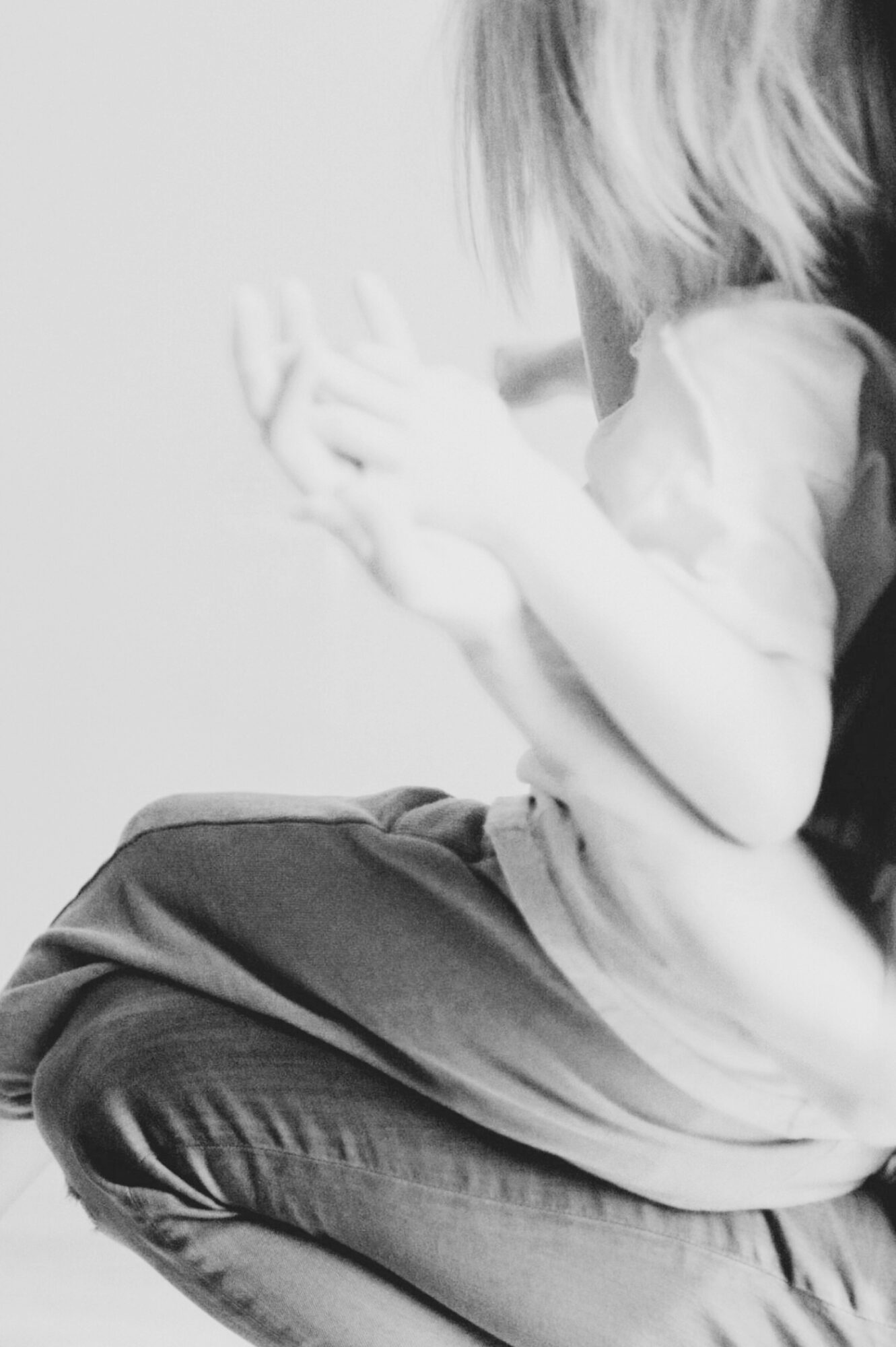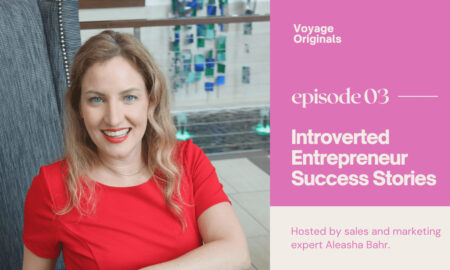

Today we’d like to introduce you to Holly Anderson.
Hi Holly, thanks for sharing your story with us. To start, maybe you can tell our readers some of your backstory.
For as long as I can remember, I’ve been intrigued by people and the way their minds work. The fact that we each carry different perspectives, personalities, and histories, and that these shape our choices, has always fascinated me.
Like many therapists, I entered the field in part to make sense of my own life, my family of origin, and the experiences that shaped me. That personal curiosity ultimately became a calling: to sit with others in their own process of becoming.
The word patient comes from the Latin pati, meaning “to suffer” or “to endure.” As a psychoanalyst, I see our task as bearing witness to that suffering, whether chosen, inherited, or thrust upon someone by trauma or systemic harm, and helping people endure it and make meaning from it.
My path to psychoanalysis was a slow love affair. After earning my master’s in Clinical Psychology in 2009, I began my clinical career in Los Angeles. I worked with foster and adoptive families, unhoused individuals struggling with severe mental illness, and undocumented families navigating the immigration system. The work was emotionally intense. I encountered in practice what I had studied in graduate school. My heart broke regularly, and eventually, I burned out. That period forced me to grapple with what actually facilitates change, my own capacity, and how limited change can be when someone is trapped in structural conditions beyond their control.
In 2012, I left Los Angeles to participate in a federal grant serving rural Kansas communities. It was something like a Peace Corps for U.S. mental health. I had family in the area, and the slower pace felt like a necessary shift. The small private practice I joined allowed me to work with clients who had more social and economic support, though many still struggled with chronic mental health issues. This chapter offered a new perspective on care while still echoing the ways systemic forces shape psychic life.
At the time, I still held a somewhat naïve belief that suffering could be cured in that if we just changed XYZ, people could heal. But what I found was that evidence-based treatments often fell short. Many clients didn’t want quick solutions; they wanted a witness, someone who cared deeply and relationally. I also noticed that for clients with more privilege, emotional and psychic struggles were often shaped by unconscious patterns they couldn’t access or name. Some knew what they “should” do but felt unable to act. Others made external changes, only to find their self-perceptions remained wounded. I realized I needed a model that reached deeper than behavioral or cognitive interventions. Healing was more than reducing symptoms and needed to look at the quality of inner life and outer life of a individual.
It was during this time that I began exploring psychoanalytic theory, particularly through the lenses of attachment, trauma, feminist thought, and relational approaches. The work of contemporary analysts attending to the intersections of identity, history, and desire reshaped how I thought about therapy.
When the rural grant ended due to a loss of funding, I left the group practice I was part of at the time and opened up my own private practice in Manhattan, Kansas. Two clinicians worked alongside me as independent contractors. I managed the logistics of their practices, and we shared a physical space as they began building their own caseloads. Around the same time, I began commuting weekly to Kansas City to establish a second practice. For two years, I balanced both locations. It was an intense but necessary chapter. When the pandemic began, I transitioned fully to tele-health, closed the Manhattan office, and established my practice entirely in Kansas City.
It was during this time that I began formal psychoanalytic training. The journey was rigorous and ultimately took four and a half years to complete. Becoming an analyst changed not only my clinical work but also the way I live and relate. It deepened my capacity to hold complexity and ambiguity, to stay curious, and to love the work of sitting with others even more fully.
Psychoanalysis, for me, is not about interpretation for its own sake. It is about cultivating a space where something unspoken can begin to be heard between people, within oneself, and across time. I’m drawn to a relational frame, informed by attachment theory, feminist thought, and a deep sensitivity to context: how class, race, gender, sexuality, and trauma shape the unconscious.
We all face challenges, but looking back would you describe it as a relatively smooth road?
Oh no, I wouldn’t describe it as smooth. I’d say it’s been bumpy, with some really beautiful scenic views along the way.
One of the major struggles for me has been holding faith in the modality of change I’ve chosen. Psychoanalysis isn’t always well understood, and it carries a lot of projections, particularly around Freud and the early history of the field. To be fair, there has been real harm done by the analytic community, especially toward marginalized groups. But at its heart, psychoanalysis is for those who feel othered. It has been affirming to see more contemporary analysts speak directly to that complexity.
What grounds me in this work is the transformation I’ve experienced through my own analysis and the changes I witness in my patients. This kind of therapy moves slowly and deeply, which can be hard to explain in a culture that often values quick fixes or symptom relief. But as people begin to understand their inner lives, real change happens, and the symptoms that once felt overwhelming often start to lessen.
Another challenge has been building a business model around such intimate work. In a society where we must create financial sustainability in order to offer care on our own terms, learning to charge for the depth of training and presence this work requires has taken its own kind of internal work. I came from a background in social services, where care was often under-resourced or tied to larger systems. Shifting into private practice meant reckoning with the value of my time, my training, and the emotional labor that comes with this depth-oriented work.
Finally, there’s the emotional toll of analytic work itself. In analysis, seeing a patient two to four times a week requires sustained attention, attunement, and emotional presence. But that’s also what makes the process transformative. With time and space, the mind and the relationship can unfold. Something unknown can emerge, and a deeper understanding of oneself can arise. While multiple sessions a week may not be accessible for everyone, weekly psychoanalytic therapy over a sustained period remains a powerful and necessary model for change. Research shows that a consistent, responsive therapeutic relationship over the course of two years can help shift an insecure attachment pattern. In a culture that prizes speed and efficiency, this work offers something deeply countercultural: a slower path toward meaning, complexity, and real contact. For many of us, clinician and patient alike, that path is not just worth taking, it’s essential.
We’ve been impressed with Holly Anderson Therapy , but for folks who might not be as familiar, what can you share with them about what you do and what sets you apart from others?
Sure, I’d be happy to share. My practice, Holly Anderson Therapy, is based in Kansas City, where I work with individuals and couples who are often navigating complex internal lives. Many of my clients are thoughtful, high-achieving people who, on the outside, seem to have it all together, but inside, they’re carrying a lot. They may feel stuck, disconnected, or unsure of how to move forward in their relationships or within themselves.
What I specialize in is depth-oriented therapy. I’m a psychoanalyst and Marriage and Family Therapist, and I also draw from Emotionally Focused Therapy (EFT), especially when working with couples. My approach is relational and process-focused. I’m less interested in quick symptom reduction and more focused on helping people uncover the unconscious patterns that shape how they feel, relate, and live. Clients often come to me after other forms of therapy haven’t quite gone deep enough, and they’re looking for something more lasting and transformative. It is when the head knowledge has not lead to the change they would like in their lives.
What sets my practice apart is how I hold both psychological depth and social context. I’m informed by attachment theory, trauma work, feminist thought, and an awareness of how systems like race, gender, class, and sexuality impact the inner world. I’ve also been through my own psychoanalysis, which grounds my work in lived experience. I know what it means to be in that vulnerable, sustained process, and I hold it with a great deal of care.
Referring clinicians often tell me they feel confident sending clients my way when someone needs a space that can hold complexity. I see individuals multiple times per week when appropriate and can offer a depth of engagement that goes beyond surface-level coping. Whether someone is working through longstanding relational struggles, identity issues, grief, or a desire for deeper self-understanding, my practice offers room for that kind of inquiry.
What I’m most proud of is creating a space where people feel deeply seen, where insight, warmth, and honest reflection can lead to real change. Therapy here is about more than problem-solving. It is about transformation, about becoming more fully who you are. It’s a safe space where grief, ambiguity, and hope can be held together in the same breath.
If you’re a provider interested in doing your own work within an analytic setting, or someone personally seeking a space to explore the why beneath the what, I’d love to connect.
Do you have recommendations for books, apps, blogs, etc?
Oh gosh, I love to read.
One of my favorite psychoanalytic books, especially for those curious about how trauma shapes personal narratives, is Emotional Inheritance by Galit Atlas. It’s beautifully written, accessible, and deeply resonant.
Outside of analytic or professional reading, I believe poetry and stories are essential for living.
Mary Oliver is one of my favorite poets, and a novel I return to often is Circe by Madeline Miller. Both speak to the inner life in ways theory sometimes can’t.
Pricing:
- 210 individual sessions
- 250 couples sessions
Contact Info:
- Website: https://hollyandersontherapy.com
- Instagram: https://www.instagram.com/hollyandersontherapy


















